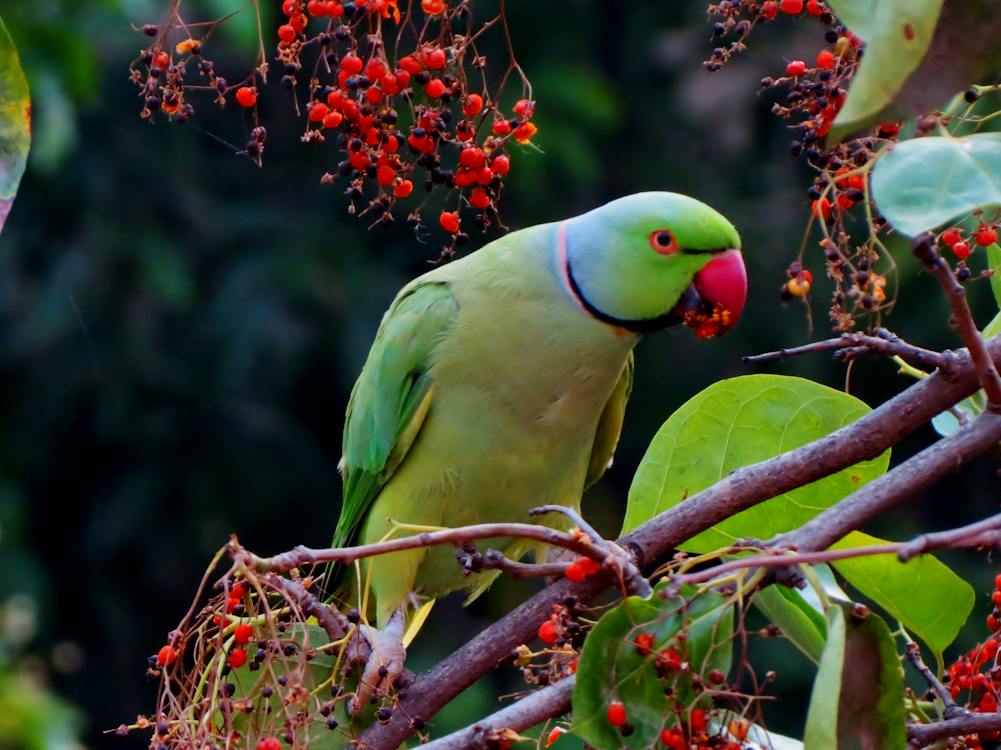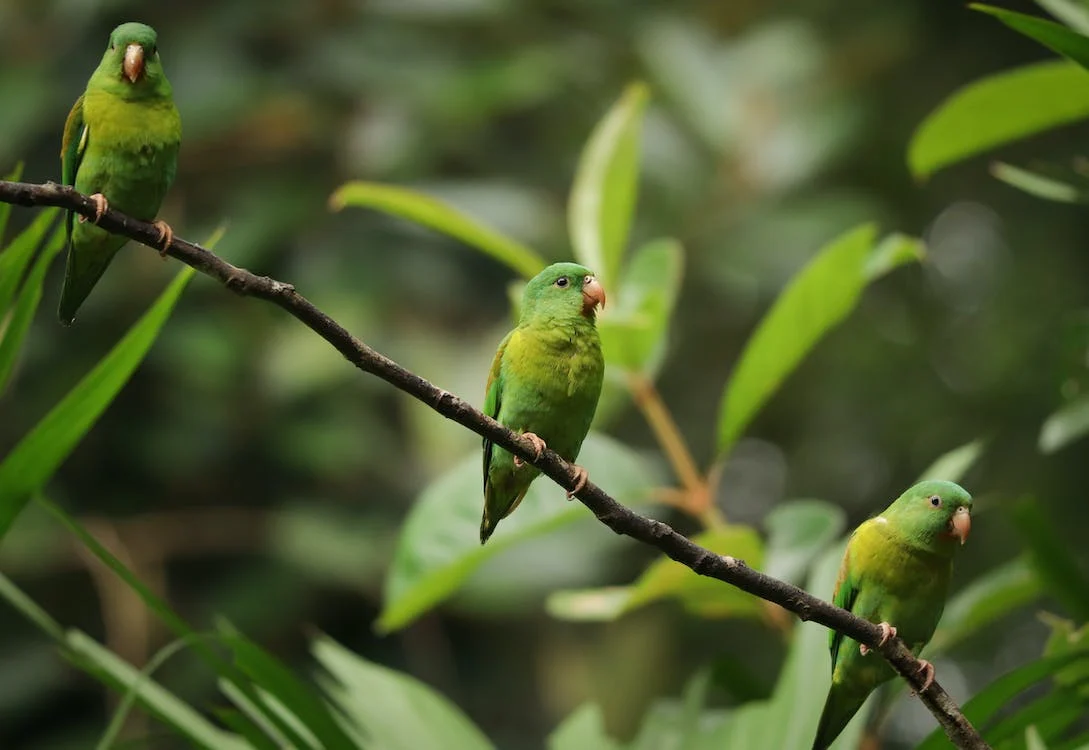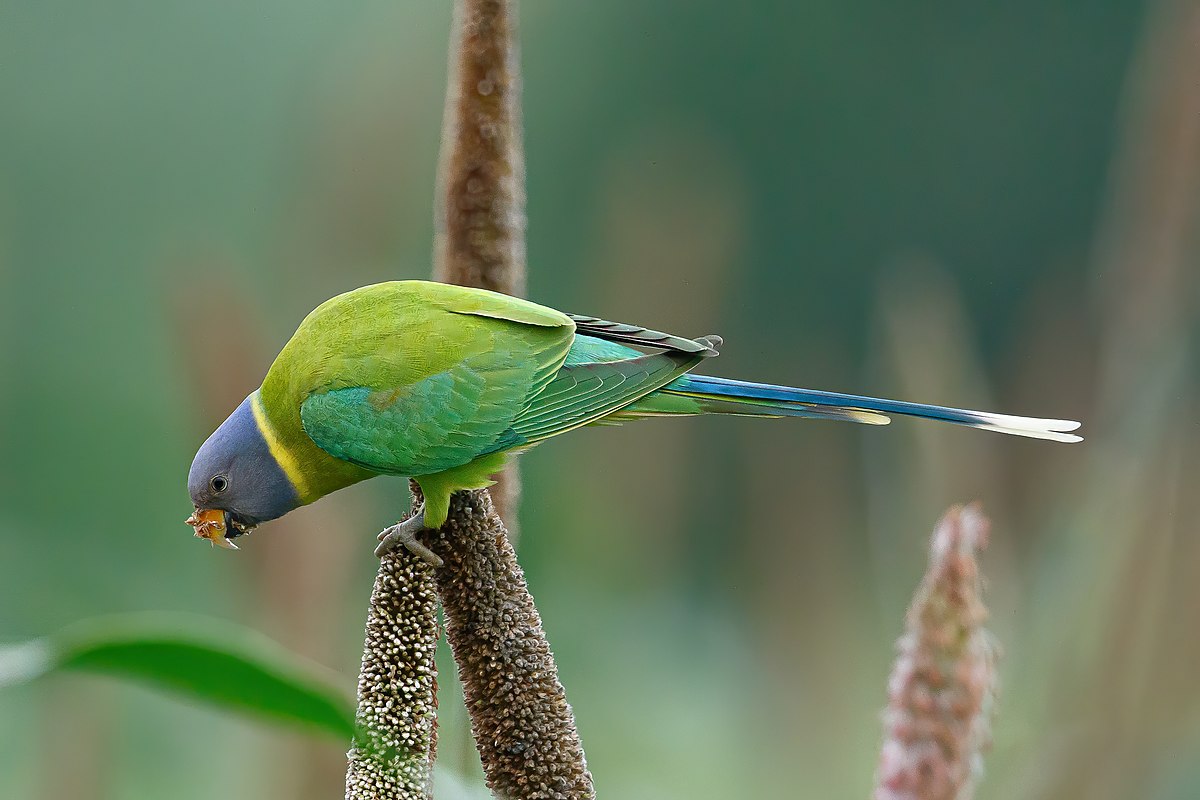If you’re captivated by the charm of parakeets and considering stepping into the realm of parakeet breeding, this comprehensive guide is for you. The journey may seem daunting; however, with the correct advice, it can turn into an incredibly rewarding experience. Ready to take the plunge? Let’s dive right in!
Ensuring Optimum Health Essential for Successful Parakeet Breeding

First and foremost, it’s vital to ensure the male and female birds chosen for breeding are at their optimum health. They should not originate from the same family, carry no birth defects, should be disease-free, and must be at least a year old.
Creating a Nurturing Environment
The Nesting Phase
Parakeet breeding requires an accommodating environment. The cage for your birds should measure no less than 20x20x20 inches. Inside this spacious cage, introduce a wooden nesting box—a minimum of 12×12 inches is recommended. Soft shavings of pine or aspen make excellent bedding inside the box.
Proper Diet: Feeding the Breeders

A balanced diet ensures your parakeets remain healthy during the breeding phase. High-quality parakeet-specific pellets, along with fruits and vegetables like sliced apples and diced carrots, constitute a wholesome diet. Don’t forget to supplement their diet with calcium and cuttlebone, essential for the energy-intensive egg-laying process.
Understanding the Egg Laying Process
After successful mating, expect the female to commence laying her eggs. Some parakeets lay an egg each day until they have all been laid, while others lay them all at once. Depending on the individual bird, your parakeet may lay up to eight eggs, with four to six being the average.
Caring During Incubation

The result of parakeet breeding success is eggs that need incubation for about 18 to 20 days. During this period, the parent birds keep the eggs warm by sitting on them.
Guiding Through the Hatching Phase
Once the chicks hatch, you’ll need to help them get used to human handling. The extent of human interaction will depend on your personal preference and the parent parakeets’ tolerance. Eventually, handling them helps the chicks feel safe and comfortable around humans.
Stepping Into Independence: Weaning
After about six weeks, the baby parakeets will be completely weaned from their mother. It’s time to move the younglings into their own cage. This separation allows them to learn independence and makes them easier to handle, making your parakeet breeding journey a fruitful one.
Related Resources: